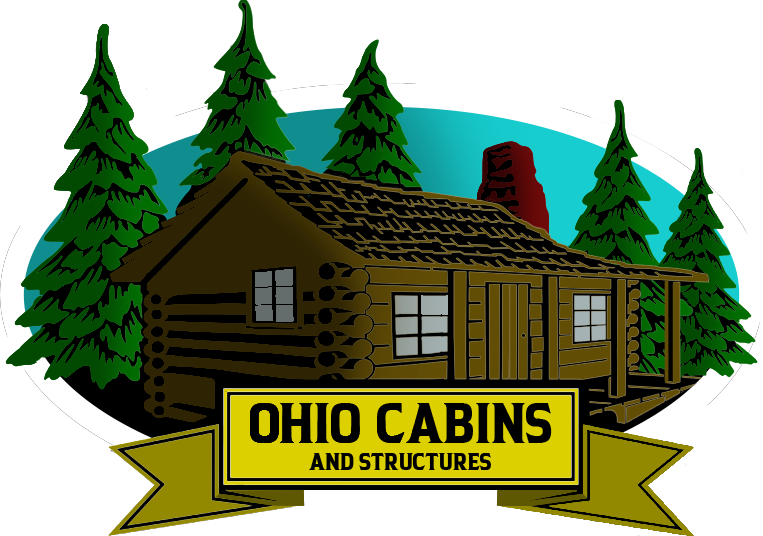Log homes hold a special place in American tradition. They symbolize a connection to the land, self-reliance, and rustic beauty. But beyond charm and history, modern buyers ask a practical question: are log homes energy efficient? Since energy costs continue to rise, understanding how log construction performs in real climates has never been more important. The answer is more complex than a simple yes or no. Efficiency depends on the logs themselves, insulation strategies, design choices, and proper maintenance. With the right approach, log homes can meet or even exceed energy standards while still delivering timeless appeal.
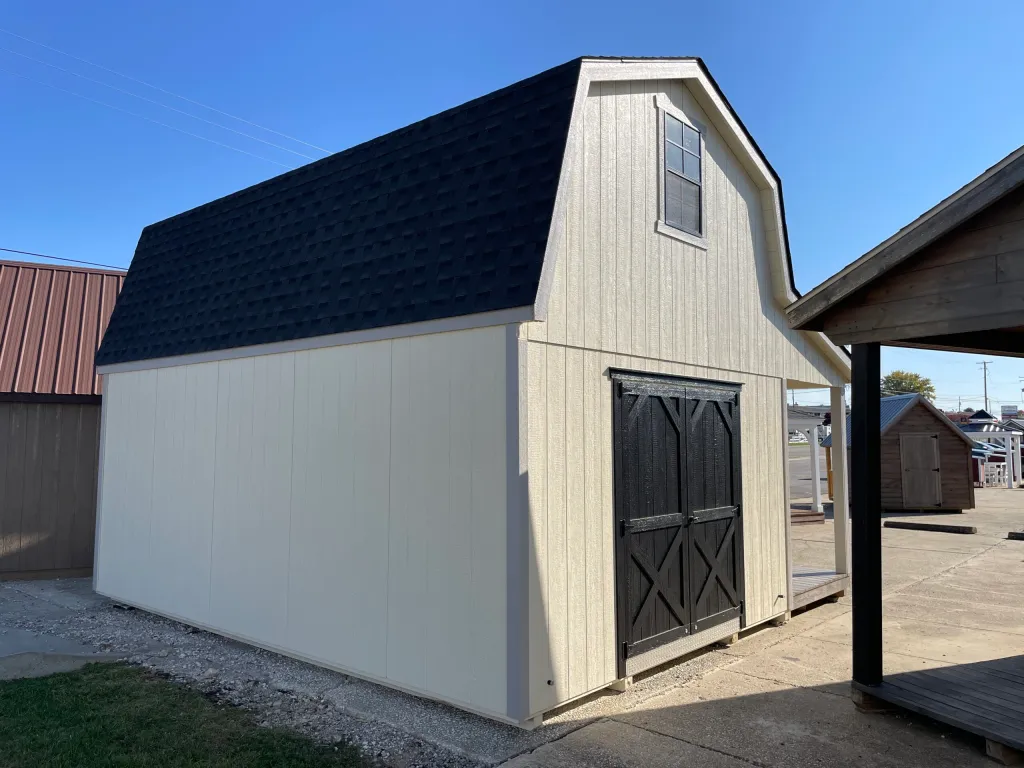
The Thermal Mass Advantage
Logs naturally provide insulation through what is called thermal mass. Unlike lightweight framing materials, thick logs absorb heat during the day and release it slowly at night. This moderates indoor temperature swings and reduces reliance on heating and cooling systems. For example, a ten-inch solid log wall has an R-value of around 10, which is lower than a typical insulated stud wall. Yet when combined with thermal mass, the performance is often comparable because the structure stores and balances heat. This property is especially useful in climates with wide temperature variations between day and night.
Air Tightness and Sealing
While logs provide mass and some natural insulation, air leakage is a challenge if cabins are not sealed properly. Small gaps between logs can let conditioned air escape and allow drafts to enter. Modern log home construction solves this problem with flexible sealants, caulking, and chinking materials that expand and contract with the wood. Regular inspections and maintenance ensure that the building envelope stays tight. When done correctly, air leakage is minimized, and the home performs as efficiently as a conventional house.
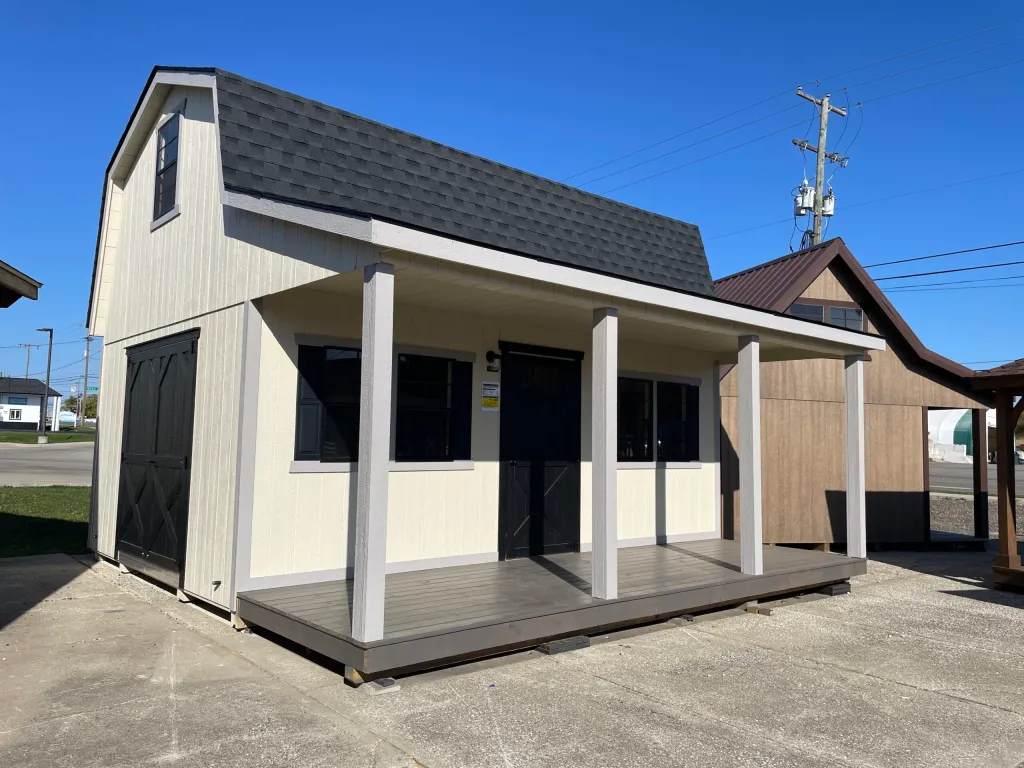
Insulating Roofs and Floors
Even the best log walls cannot guarantee efficiency if the roof and floor are poorly insulated. Since heat rises, an uninsulated roof can account for major losses. Builders often use rigid foam boards, spray foam, or batt insulation in roof systems to achieve high R-values. Floors built over crawl spaces or piers also require insulation to stop cold air from seeping up. By combining log walls with modern roof and floor insulation, homeowners can create a well-rounded thermal envelope that keeps energy costs under control.
Windows and Doors Matter
Windows and doors are often the weakest points in any structure. In log homes, they play a major role in efficiency. Double- or triple-pane windows with insulated frames prevent heat loss, while proper installation ensures gaps do not undermine performance. Solid, insulated doors add another layer of protection. When paired with energy-efficient windows, a log home maintains comfort levels with less strain on HVAC systems.
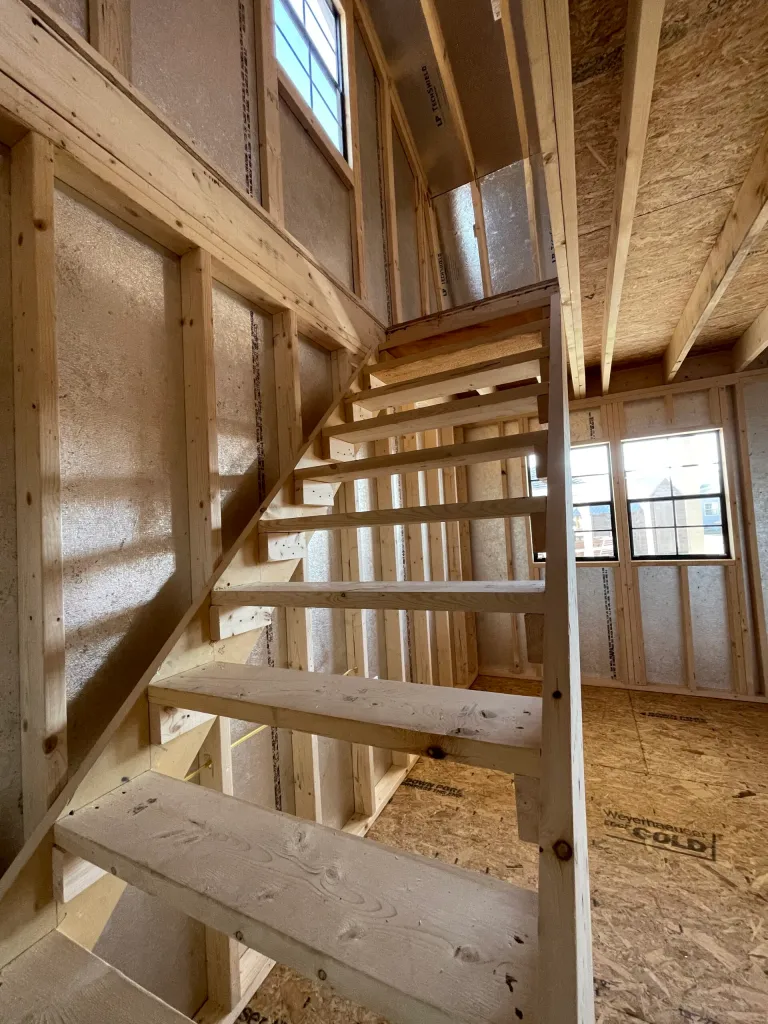
Moisture and Energy Efficiency
Moisture control is also tied to efficiency. If logs absorb excess water, they lose insulating ability and risk rot. Modern building methods use breathable stains and sealants to manage moisture while allowing logs to release humidity naturally. Overhangs and gutters direct water away from walls, protecting the structure and maintaining its insulating power. A dry log wall performs better, lasts longer, and requires less energy to keep warm or cool.
Energy Codes and Standards
Modern log homes must meet the same energy codes as conventional houses in most regions. Builders prove compliance through advanced construction techniques, high-performance windows, and added insulation where needed. According to the U.S. Department of Energy, meeting or exceeding local insulation standards is key to lowering long-term costs. Many log home builders now design structures that qualify for energy-efficient certifications, making them competitive with other home styles on the market.
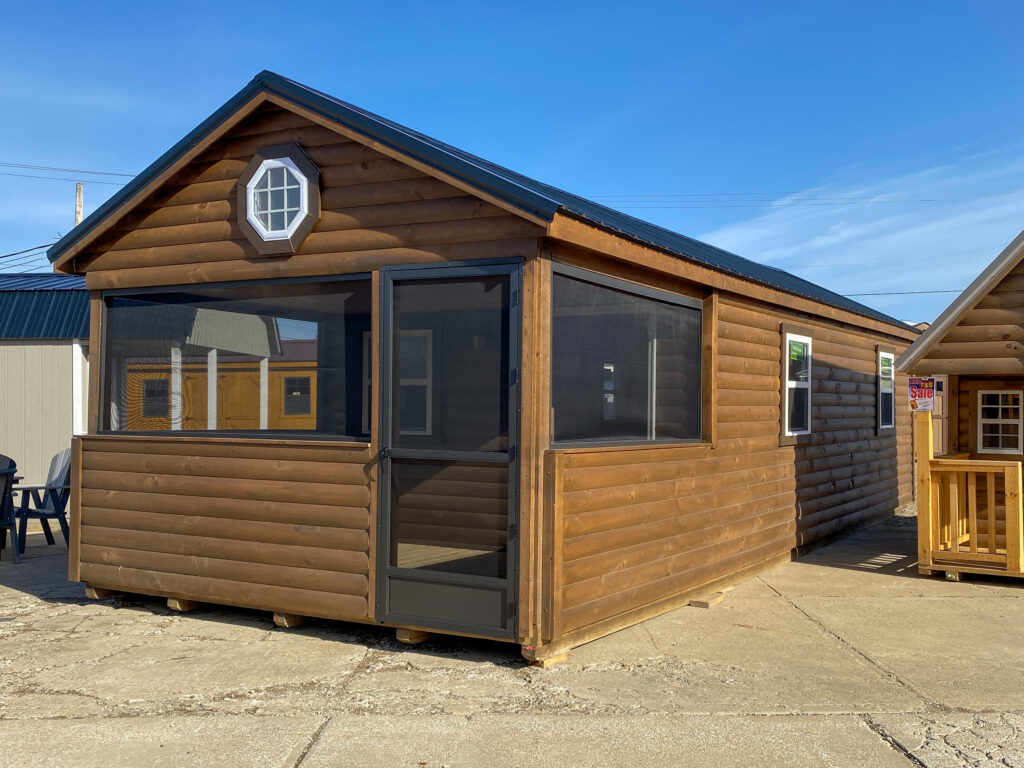
Regional Climate Differences
Whether a log home is energy efficient depends in part on location. In colder northern states, builders often use thicker logs and combine them with extra roof and floor insulation. In warmer regions, shading and proper ventilation matter more than wall thickness. Log homes can adapt to different climates, but strategies must match local conditions. A design that works in Montana may not suit Georgia, so regional expertise is essential when planning a new build.
Comparisons with Conventional Homes
When built to modern standards, log homes can rival conventional stick-built houses in energy efficiency. While stud walls packed with fiberglass may reach higher R-values on paper, logs compensate with thermal mass. Studies show that when air sealing and insulation are handled correctly, heating and cooling costs for log homes are often similar to those of other houses of the same size. In some cases, energy bills are even lower due to the stabilizing effect of thermal mass during seasonal shifts.
Maintenance and Efficiency
Efficiency does not stop after construction. Log homes require maintenance to stay airtight and energy conscious. Caulking and chinking need periodic checks, and finishes should be reapplied every few years to keep logs sealed. While this upkeep adds responsibility, it ensures that the cabin performs well for decades. Homeowners who stay on top of maintenance often enjoy lower bills and greater comfort than those who neglect routine care.
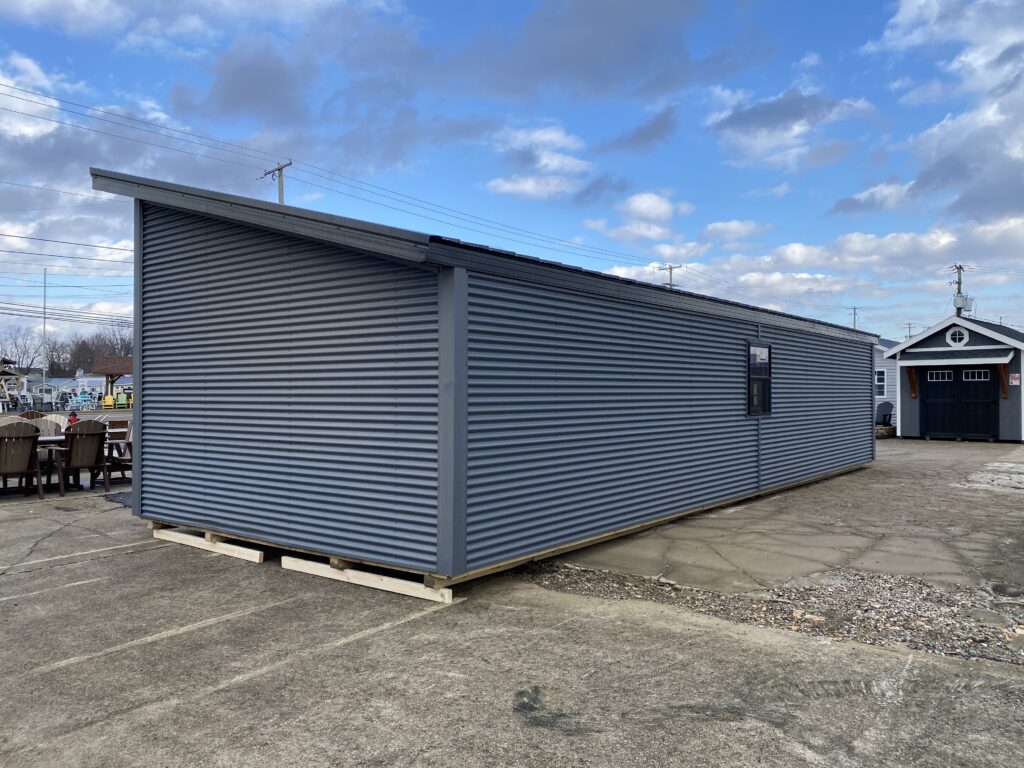
Design Choices That Improve Efficiency
Several design decisions influence efficiency from the start. South-facing windows capture solar gain in winter. Wide roof overhangs provide shade during summer. Incorporating porches, lofts, and interior layouts that reduce wasted space also helps. Builders today use computer modeling to predict how a log home will perform, allowing them to refine design for maximum efficiency before construction begins. These strategies combine traditional beauty with modern performance standards.
Modern Prefab Options
For those who love the look of log cabins but want streamlined construction, prefab options provide a strong alternative. Companies like Ohio Cabins and Structures offer cabins and modular homes designed for efficiency and durability. Prefab methods ensure precision cuts, consistent sealing, and faster build times, which all contribute to better energy performance. Learning more about how modular homes are built reveals why many buyers choose this route for a balance of tradition and technology.
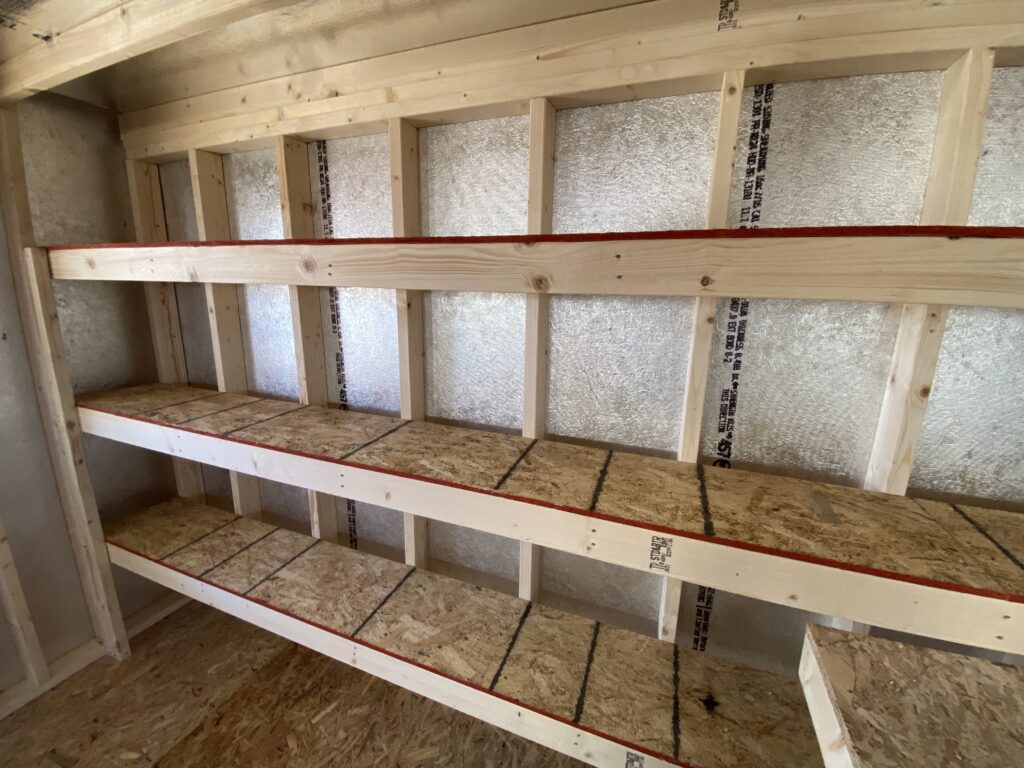
Conclusion
So, are log homes energy efficient? With proper design, sealing, insulation, and maintenance, the answer is yes. Logs provide thermal mass that stabilizes indoor temperatures, while modern techniques eliminate air leakage and moisture issues. Energy-efficient windows, roofs, and floors complement the walls, ensuring the entire building meets today’s standards. Although they require more care than conventional homes, well-built log homes combine rustic charm with performance that can rival any modern structure. For buyers who value both tradition and efficiency, a log home remains an excellent choice.
If you are ready to explore efficient log homes or other cabin options, visit our contact page to connect with the team at Ohio Cabins and Structures. We can help you choose a design that matches your lifestyle while delivering energy performance you can count on.
